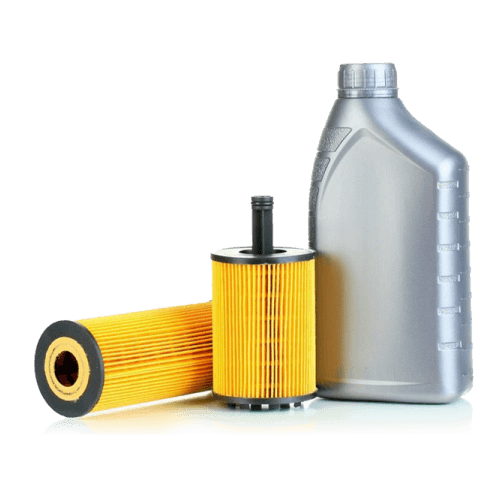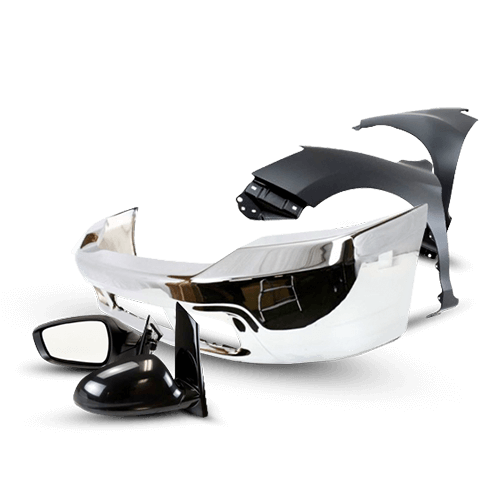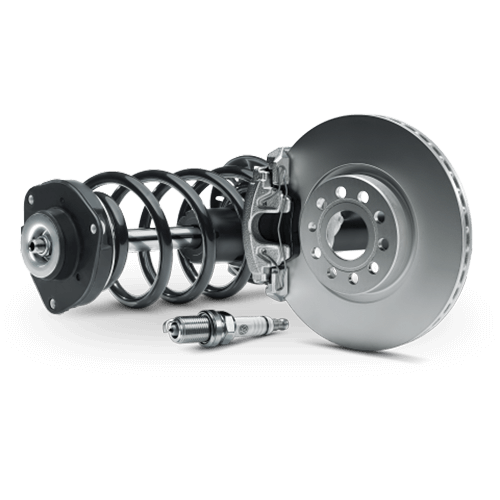
How Many Brake Pads Per Wheel: Understand Car Brake Systems
Key Takeaway
- Most cars have 2 brake pads per front wheel and 2 brake pads per rear wheel for disc brake systems
- Drum brake systems use brake shoes instead of pads, typically 2 shoes per rear wheel
- Standard passenger vehicles have 4 wheels with brake systems on each wheel
- Brake pad quantity varies by vehicle type, with performance cars sometimes having 4-6 pads per wheel
- Regular inspection and quality replacement parts ensure optimal braking performance
__________
Understanding how many brake pads per wheel your vehicle requires is essential for proper maintenance and safety. Most passenger vehicles feature two brake pads per wheel on disc brake systems, but the configuration can vary depending on your car's braking system type and design specifications.

Understanding Car Brake Components
Car brake systems represent one of the most critical safety features in modern vehicles. The braking mechanism relies on friction to convert kinetic energy into heat energy, ultimately bringing your vehicle to a controlled stop. Understanding the basic components helps clarify why brake pad quantities matter for vehicle performance and safety.
Disc brake systems, found on most modern vehicles, utilize brake pads that press against a rotating disc (rotor) attached to the wheel. These systems provide superior stopping power and heat dissipation compared to older drum brake configurations. The brake caliper houses the brake pads and contains pistons that force the pads against the rotor when you press the brake pedal.
Brake pads consist of friction material bonded to a metal backing plate. This friction material varies in composition, ranging from organic compounds to semi-metallic and ceramic formulations. Each type offers different performance characteristics, wear rates, and price points. High-quality brake pads ensure consistent stopping performance and longer service life.
The brake rotor, also called a brake disc, provides the surface against which the brake pads create friction. Rotors come in solid, vented, drilled, and slotted configurations. Performance vehicles often feature drilled and slotted brake rotors for enhanced heat dissipation and debris removal.
Different Types of Brake Systems
Modern vehicles employ various brake system configurations, each affecting the number and type of friction components per wheel. Understanding these differences helps explain why brake component quantities vary between vehicles and wheel positions.
Disc brake systems dominate modern vehicle applications, particularly for front wheels where maximum stopping power is required. Front disc brakes typically feature larger rotors and more robust calipers compared to rear systems. The front brakes handle approximately 60-70% of the braking force due to weight transfer during deceleration.
Drum brake systems, while less common on modern vehicles, still appear on rear wheels of economy cars and trucks. Drum brakes use brake shoes instead of pads, with typically two shoes per wheel. These shoes press outward against the inner surface of a brake drum attached to the wheel. While drum brakes cost less to manufacture, they provide inferior heat dissipation compared to disc systems.
Hybrid brake systems combine disc brakes on the front wheels with drum brakes on the rear. This configuration balances cost, performance, and maintenance requirements for many vehicle applications. The front disc brakes provide primary stopping power, while rear drums handle lighter braking duties and parking brake functions.
Electronic brake systems integrate traditional friction components with electronic controls and regenerative braking in hybrid and electric vehicles. These systems may feature similar brake pad quantities but include additional components for energy recovery and electronic brake distribution.
Quality brake components from reputable manufacturers ensure proper fit and performance regardless of your vehicle's brake system configuration. Professional installation and regular maintenance maximize the effectiveness of any brake system type.

How Many Brakes Does a Car Have?
A standard passenger car has four brake assemblies, one at each wheel, providing comprehensive stopping capability. Each brake assembly includes the necessary components to create friction and stop the wheel's rotation. Understanding this total system approach helps car owners appreciate the complexity and importance of proper brake maintenance.
The four-wheel brake configuration ensures balanced stopping power and vehicle stability during braking events. Front brakes typically handle more work due to weight transfer, while rear brakes provide stability and assist with overall stopping performance. This distribution prevents dangerous situations like front-wheel lockup or rear-end instability.
Anti-lock braking systems (ABS) work with all four brake assemblies to prevent wheel lockup during emergency stops. ABS sensors monitor wheel speed at each corner, while the control module modulates brake pressure to maintain traction. This system requires properly functioning brake components at all four wheels to operate effectively.
Electronic brake distribution (EBD) systems optimize braking force between front and rear wheels based on vehicle loading and road conditions. EBD works in conjunction with ABS to maximize stopping performance while maintaining vehicle control. These advanced systems depend on consistent brake component performance at all wheel positions.
Some performance vehicles feature additional braking aids like brake assist systems or electronic brake-force distribution. These technologies enhance the basic four-wheel brake configuration without changing the fundamental number of brake assemblies per vehicle.
Professional brake system maintenance ensures all four brake assemblies work together effectively. Regular inspection of brake pads, rotors, fluid, and related components maintains optimal system performance and safety.

How Many Brake Pads Per Wheel Are Standard?
The standard configuration for most passenger vehicles includes two brake pads per wheel on disc brake systems. This means each front wheel typically has two pads, and each rear wheel with disc brakes also has two pads. However, this configuration can vary based on several factors including vehicle type, brake caliper design, and performance requirements.
Single-piston brake calipers, common on many economy and mid-range vehicles, use two pads per wheel - one on each side of the rotor. The caliper contains one piston that pushes the inner pad against the rotor, while the caliper body pulls the outer pad against the opposite side through a floating mechanism.
Multi-piston brake calipers, found on performance vehicles and luxury cars, may use different pad configurations. Some high-performance systems feature four, six, or even eight pistons per caliper, but typically still use two pads per wheel. The increased piston count provides more even pressure distribution across the pad surface rather than requiring additional pads.
Heavy-duty vehicles, trucks, and some performance cars may feature multi-pad configurations. These systems might have four to six brake pads per wheel to handle increased braking demands. Commercial vehicles and racing applications often require these specialized configurations to manage extreme heat and stopping forces.
Premium brake systems from manufacturers like Brembo often feature advanced multi-piston designs while maintaining the standard two-pad-per-wheel configuration. These systems focus on improved pad compounds, better heat management, and enhanced durability rather than simply adding more pads.
Choosing Quality Brake Pads
Selecting appropriate brake pads involves considering vehicle specifications, driving conditions, and performance requirements. Quality brake pads provide consistent performance, longer service life, and better value compared to economy alternatives that may compromise safety and require frequent replacement.
OEM-equivalent brake pads meet or exceed original equipment specifications for fit, performance, and durability. These pads undergo extensive testing to ensure compatibility with specific vehicle brake systems. OEM-quality brake pads from manufacturers like Akebono provide reliable performance for most driving applications.
Performance brake pads offer superior heat resistance and fade resistance for demanding driving conditions. These pads typically use ceramic or semi-metallic friction compounds that maintain consistent performance at higher temperatures. Performance pads may produce more dust or noise but provide better stopping power when needed.
Ceramic brake pads provide quiet operation, minimal dust production, and long service life. These pads work well for daily driving applications where noise and cleanliness matter more than maximum performance. Ceramic compounds offer consistent friction characteristics across various temperature ranges.
Semi-metallic brake pads deliver excellent performance and heat dissipation for trucks, SUVs, and performance vehicles. These pads contain metal fibers that enhance friction characteristics and thermal conductivity. Semi-metallic pads may produce more noise and dust compared to ceramic alternatives.
Professional-grade brake components ensure proper system integration and performance. Quality brake pads work together with properly maintained rotors, calipers, and brake fluid to provide optimal stopping capability and safety.
Conclusion
Understanding brake pad quantities and configurations helps car owners make informed maintenance decisions and ensure proper brake system operation. Most vehicles require two brake pads per wheel on disc brake systems, with standard passenger cars featuring four brake assemblies total. Regular inspection, quality components, and professional maintenance ensure reliable braking performance and vehicle safety for years of dependable service.
FAQs
How many brake pads does a typical car have in total?
Most cars have 8 brake pads total - 2 per wheel on disc brake systems. Vehicles with rear drum brakes have 4 front brake pads plus brake shoes for the rear wheels.
Do all four wheels have the same number of brake pads?
Yes, each wheel with disc brakes typically has 2 brake pads. Some performance vehicles may have different pad sizes between front and rear, but the quantity remains consistent at 2 per wheel.
How often should brake pads be replaced?
Brake pads typically last 25,000-70,000 miles depending on driving conditions, pad quality, and vehicle type. Regular inspection every 12,000 miles helps determine actual replacement needs for your specific situation.
Can you replace brake pads on just one wheel?
While possible, brake pads should be replaced in axle sets (both front or both rear wheels) to maintain balanced braking performance. Replacing individual wheel pads can create uneven braking and safety issues.
What happens if you drive with worn brake pads?
Driving with worn brake pads reduces stopping power and can damage brake rotors, requiring more expensive repairs. Metal-to-metal contact creates dangerous grinding that compromises braking effectiveness and vehicle safety.






















































